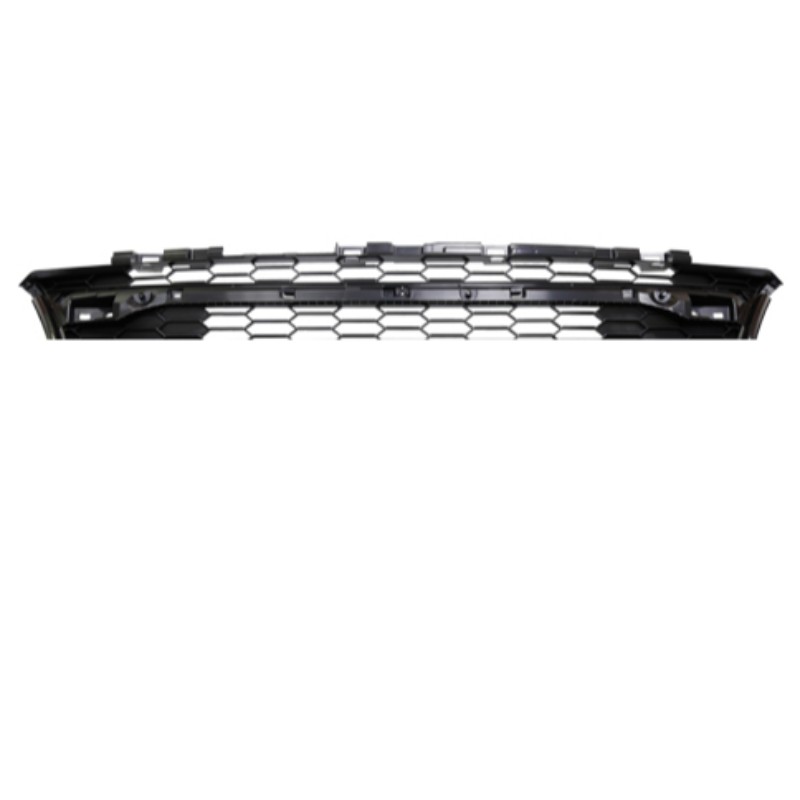Injection mold cracks are a common defect in plastic products, mainly due to stress deformation. There are mainly residual stress, external stress and stress deformation caused by the external environment. What should I do after cracking? The following Jieer drill injection mold manufacturers will introduce the reasons and repair measures for the cracking of injection molds.
1. Crack caused by residual stress
Residual stress is mainly caused by the following three conditions, namely, overfilling, demolding, and metal inserts. As a crack generated in the case of excessive filling, the prevention and treatment methods can be mainly started in the following aspects: (1) Since the pressure loss of the sprue is small, if the crack is mainly generated near the sprue, it may be considered to use a multi-point distribution gate, a side gate and a shank gate. (2) Under the premise of ensuring that the resin does not decompose or deteriorate, the proper increase in the resin temperature can lower the melt viscosity and improve the fluidity, and at the same time, the injection pressure can be lowered to reduce the stress. (3) Under normal circumstances, stress is likely to occur when the mold temperature is low, and the temperature should be appropriately increased. However, when the injection speed is high, even if the mold temperature is lower, the stress can be reduced. 2. Crack caused by external stress The external stress here is mainly due to the unreasonable design of the stress concentration, especially at the sharp corners. 3. Crack caused by external environment Chemicals, water degradation due to moisture absorption, and excessive use of recycled materials can degrade physical properties and cause cracks. 4. How to deal with the injection mold after cracking(1) Annealing treatment. After the part is molded, it is subjected to heat treatment for a period of time, and the heating device may be a hot air blower, or a crucible furnace or a constant temperature water. The annealing temperature can be selected from the drying temperature of the raw material, and the annealing time depends on the degree of cracking. (2) Soaking in tap water at room temperature. After the part is out of the mold, it is put into the water tray to soak and cool. The greater the degree of cracking, the longer the soaking time, and the longer it takes more than 24 hours. The length of the soaking time depends on the degree of cracking of the part. This is a practical control method often used in most factories, but this method also has certain limitations, such as easy to damage the product, so be careful when handling, or the product should be fully dry for post-processing, such as pad printing, spraying, Plating, etc.
